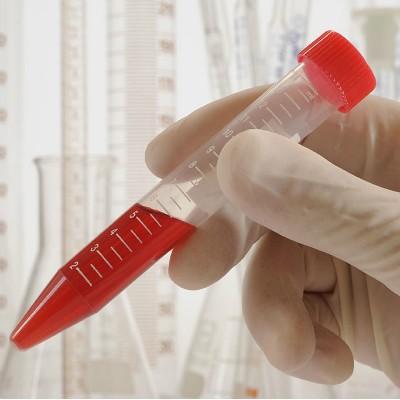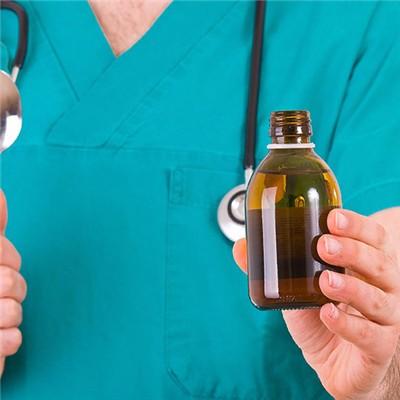The process of conservative treatment of ectopic pregnancy
summary
In normal pregnancy, the fertilized egg is implanted in the uterine cavity, that is intrauterine pregnancy. Ectopic pregnancy is defined as ectopic pregnancy, EP), commonly known as ectopic pregnancy (ectopic pregnancy), but the meaning between the two is slightly different. Ectopic pregnancy refers to all the pregnancies that occur outside the uterus, while ectopic pregnancy refers to the pregnancy in which the pregnant egg is located outside the normal implantation site, including cervical pregnancy, intramural pregnancy, cornual pregnancy and so on. Therefore, the meaning of ectopic pregnancy is broader and accepted by the obstetrics and Gynecology circles. Ectopic pregnancy is a common acute abdomen in gynecology. Incidence rate has been increasing in recent years. Now let's talk about the conservative treatment of ectopic pregnancy.
The process of conservative treatment of ectopic pregnancy
First, conservative surgery. Conservative surgery is suitable for young women with fertility requirements, especially those whose contralateral fallopian tubes have been removed or have obvious lesions. In recent years, due to the improvement of diagnostic technology, the number of tubal pregnancy diagnosed before abortion or rupture is increasing, so the use of conservative surgery is significantly more than in the past. According to the implantation site of the fertilized egg and the pathological changes of the fallopian tube, the operation method is selected. In case of fimbria pregnancy, the pregnancy product can be squeezed out; in ampulla pregnancy, the fallopian tube is cut out and the embryo is sutured again; in isthmus pregnancy, the pathological segmental resection and end-to-end anastomosis are performed. Microsurgical technique can improve the pregnancy rate. In addition to laparotomy, conservative surgery can also be performed by laparoscopy.
Second: the principle of surgical treatment of tubal pregnancy is surgical treatment, which should be performed after diagnosis. The operation method generally adopts total salpingectomy, and those who require sterilization can be ligated at the same time. If the contralateral fallopian tube has been removed or has obvious pathological changes, conservative operation is feasible for young women with contralateral fallopian tube fertility requirements, so as to preserve the fallopian tube and its function. According to the patient's general condition, the implantation site of the pregnant egg and the degree of tubal lesions, we can choose the operation method, such as the extrusion of the pregnant egg in the umbrella end pregnancy, the incision of the ampulla pregnancy to remove the pregnant egg isthmus pregnancy, the excision of the lesion and the anastomosis of the broken end, and the microsurgical technology can improve the pregnancy rate. The treatment of tubal interstitial pregnancy can be performed by hysterectomy or total hysterectomy. In recent years, laparoscopic diagnosis and treatment of tubal pregnancy autotransfusion is one of the effective measures to rescue acute ectopic pregnancy, especially in the case of lack of blood source. Recovery of intraperitoneal blood must meet the following conditions: pregnancy < 12 weeks, fetal membrane rupture bleeding time.
Third: minimally invasive treatment of ectopic pregnancy in recent years, minimally invasive laparoscopic technology is becoming more and more mature, widely used in the field of Obstetrics and Gynecology, so that the treatment of ectopic pregnancy from "giant wound" to "minimally invasive". Because of its small surgical trauma, less bleeding, short operation time, fast postoperative recovery, short hospital stay, almost no abdominal scar, less pelvic adhesion, mild tubal obstruction, it is easier to retain the fallopian tube. Tissue coagulation can prevent the exudation and deposition of cellulose, and significantly improve the quality of life of patients after operation. It is welcomed by the majority of patients.
matters needing attention
Although most patients have no pain after operation, they still need to massage their waist and legs, and turn over once in half an hour to promote blood circulation and prevent bedsore; on the same day after operation, it is better to get out of bed after infusion and extubation; within a week after operation, they should exercise appropriately to recover as soon as possible. After a week, the abdominal dressing can be removed, and the shower can gradually return to normal activities.











